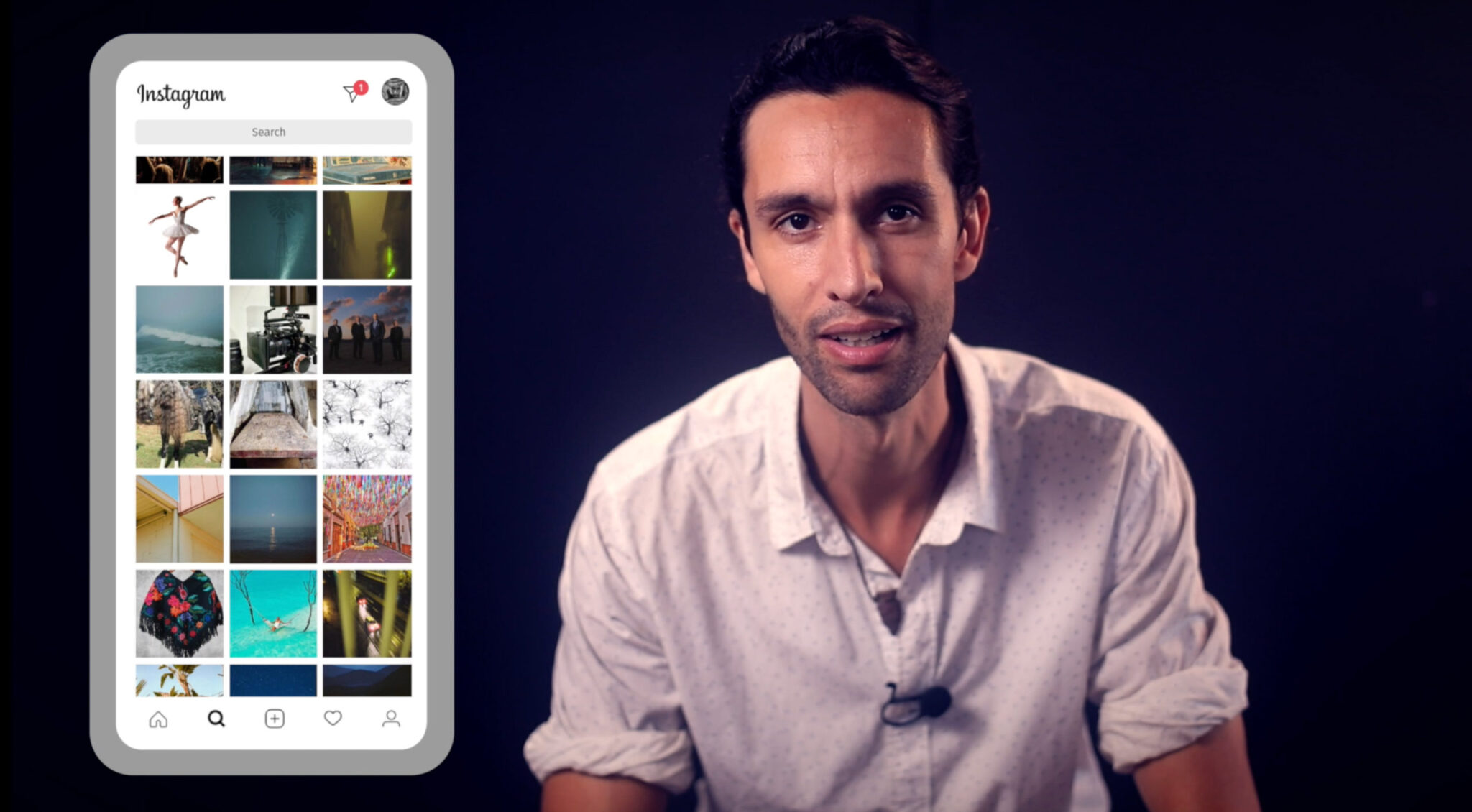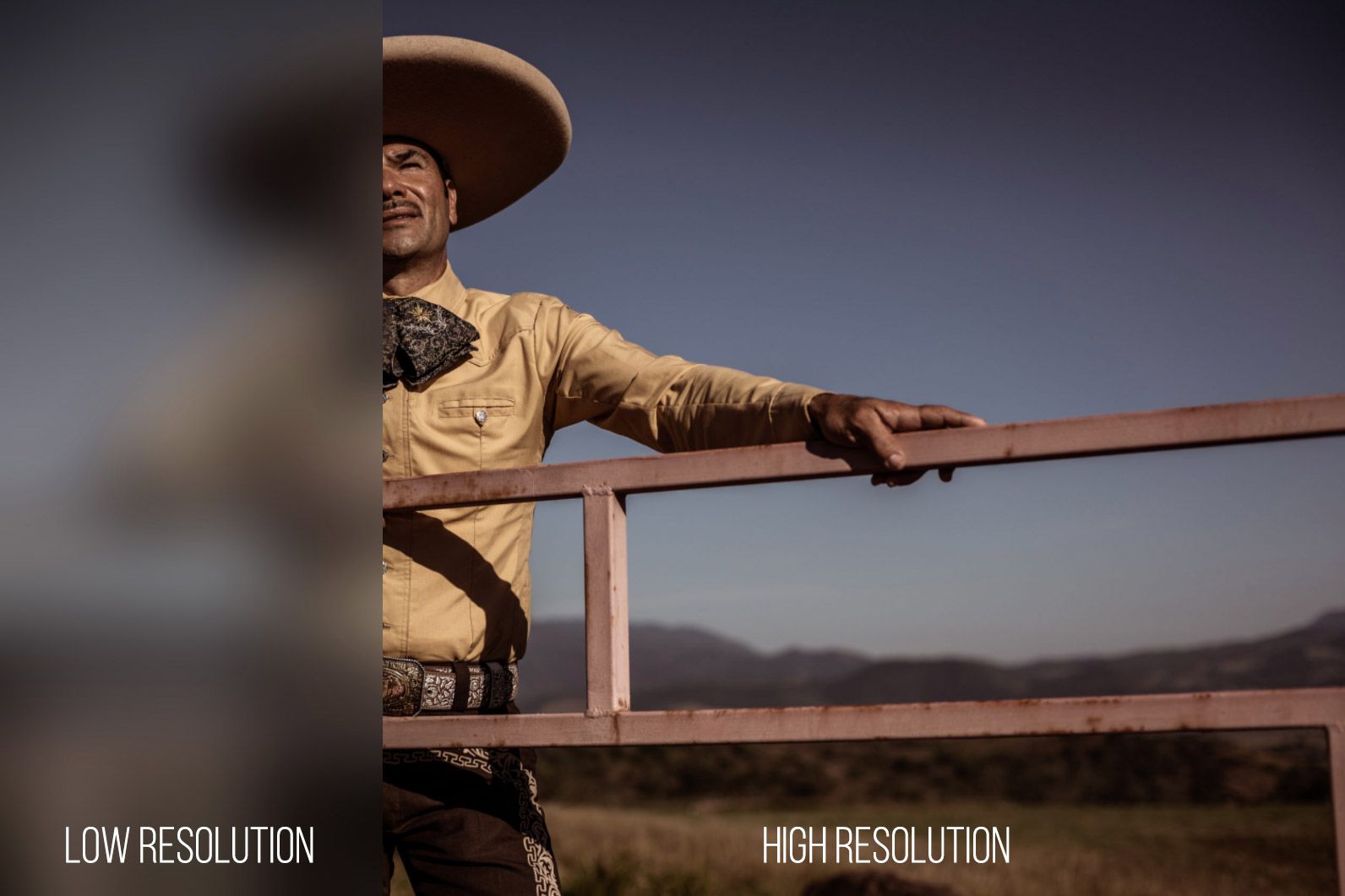Figure to Ground Relationship: Get Noticed On Social!
I’ve just published my latest video: Figure to Ground Relationship – Is it the SECRET to Getting Noticed on Social? .
Use Figure to Ground in photography to create photos that stand out on social media. Figure Ground relationship in photography is a principle of visual language that helps separate a figure from the rest of the scene.
#FigureGroundRelationship #VisualLanguagePhotography #CompositionTheory

The Power of Visual Language
Visual language is the language of images. It’s how we communicate visually, and it’s a powerful tool for photographers and social media users. By learning how to create visually interesting photos, you can make your work stand out from the crowd.
Figure to Ground Relationship
One principle of visual language that you should learn is the Figure Ground relationship. This principle helps you separate a figure from the rest of the scene, and it’s what makes an image visually interesting. By using techniques like aspective view and tonal contrast, you can create a strong Figure Ground relationship in your photos. This will help your photos stand out from the crowd and get noticed.
The Importance of Attention
When you’re scrolling through your social media feed, you’re bombarded with images. But how does your brain choose which images to pay attention to? It’s all about the Figure Ground relationship. Your brain is constantly analyzing everything in your visual field and trying to make sense of it. By creating a strong Figure Ground relationship in your photos, you can grab your viewer’s attention and make your work stand out.
The Science Behind Visual Language
Visual language is not just an art, it’s a science. By understanding the science behind visual language, you can create photos that are both visually interesting and effective. Your brain processes information in a progressive manner, and by using techniques like the Figure Ground relationship, you can take advantage of this process to make your work stand out.
Conclusion
In conclusion, by learning the basic principles of visual language, you can improve your photography and boost your social media performance. The Figure Ground relationship is just one principle you should learn, but it’s an important one. By creating a strong Figure Ground relationship in your photos, you can grab your viewer’s attention and make your work stand out. So why not give it a try? Start learning the language of images today and see how it can help you succeed as a photographer or social media user.

Learn Narrative Photography with JP Stones
Join me on one of my award winning Photography Workshops in Mexico.
Watch my free online course: Storytelling for Photographers!
Takeways
Here are five takeaways for this video:
1. Learn about the Figure Ground relationship and how it can help you create visually interesting photos.
2. Use techniques like aspective view and tonal contrast to create a strong Figure Ground relationship in your photos.
3. Understand the importance of attention and how the Figure Ground relationship can help you grab your viewer’s attention.
4. Learn about the science behind visual language and how it can help you create effective photos.
5.Start learning the language of images today and see how it can help you succeed as a photographer or social media user.
Figure Ground Relationship – Video Transcript
How Our Brain Processes Images
Let’s say your attention is pulled away from all of the other thumbnails on your Instagram feed by one of them. As you scroll down, keep track of which image catches your attention. That specific image should now be stuck in your head, but what was special about it? You barely had time to see them all, let alone evaluate each photo against your personal interests. We’re also talking about tiny thumbnail images here, just a few dozen pixels wide, which makes it hard to decipher many of the details.
So how is that one image chosen by your mind? Information is processed by your brain in a progressive manner, similar to how some websites load images. The website will quickly show a low-res image while the high-res one loads in the background. The reasoning behind both of these processes is similar: to give an early indication to the viewer of what’s happening.
The low-res image that loads up is a barely recognizable reduction of itself. Some vague shapes and differences of contrast can be made out. It’s not a lot, but it’s enough for your subconscious mind to evaluate the scene and decide whether it needs to react to any potential threats. Every detail in a scene doesn’t need to be processed by your subconscious, as that would be too slow. It needs to work quickly because, from an evolutionary perspective, speed means survival. Working from the equivalent of a low-res image speeds up the entire process.
The Power of Figure to Ground Relationship
The science is dipped into to demonstrate that a scene is seen twice: first by the subconscious and then by the conscious mind. Becoming fluent in visual language gives the ability to capitalize on both of these views. An example using a principle called the Figure Ground relationship can be given. If we go back to that IG feed, the eye was drawn to an image of a woman dancing, and it can be explained why with visual language, not just why that one photo stood out, but why the others didn’t.
Everything in the visual field is constantly being analyzed by the subconscious and trying to make sense of it. Being able to separate a figure from the rest of a scene very quickly is a very useful evolutionary adaptation. Without it, survival would have been difficult. Predators that weren’t even noticed would have eaten us. The very same instinct is at work when scrolling down the Instagram feed. Attention will gravitate to images that have a strong FGR, like that photo of a dancer that caught the eye.
Taking Advantage of Figure to Ground Principles
To take advantage of this principle and make photos more subconsciously interesting, it’s necessary to learn how to create a strong FGR in photos. This particular image used a few techniques to achieve this. Techniques strong enough to work even within such a tiny thumbnail. The figure was shown in an aspective view. It’s a view that shows a clear representative outline of the figure, so with very little overlapping of body parts. It’s the application of this technique that helps identify the characteristics of the figure quickly. The photo also uses strong tonal contrast. The figure is dark while the background is plain and light. It’s easy to process.
Another image from that feed can be looked at. The one group of guys in a field or wherever. That photo doesn’t have a good FGR. It’s hard to visually isolate the figures from their surroundings. The subjects are wearing dark trousers against a dark background, and their faces blend into the sky. It’s not clear, at least not in the thumbnail, what’s going on here. It’s guessed that this photo wasn’t even noticed and wasn’t the one that stuck in the mind. With that photo, perception had nothing to latch onto, so it probably just skipped over it to a photo with a clearer FGR. That’s the power of FGRs. They can be the difference between an image being noticed or being ignored.
The Importance of Good Composition
A lot of this science is new, but the effects of good composition have been known and capitalized on by artists for half a millennium. The old masters – Caravaggio, Rubens – were all taught how to deliberately design their compositions to appeal to the subconscious. What made something visually interesting was understood by them. That’s why classical work, like this one by Rubens, will pull at the attention. It’s been carefully crafted to work on two levels. Its underlying design contains geometric shapes hidden in plain sight. These appeal to the subconscious mind. While the details in the narrative composition speak to the conscious mind.
Today, classically trained artists and designers use these same principles to capture attention. They make us notice what they have to say, or what they have to sell. But these skills rarely get applied in the world of photography, which is a shame because they work. They can help photos stand out from the crowd, which was demonstrated. The Figure Ground relationship is just one principle that will be learned by becoming fluent in visual language. There are many more, but they’re for later videos. If those are wanted, hit that subscribe button. These aren’t typical photography videos, but they provide a broader understanding of photography.


No Comments